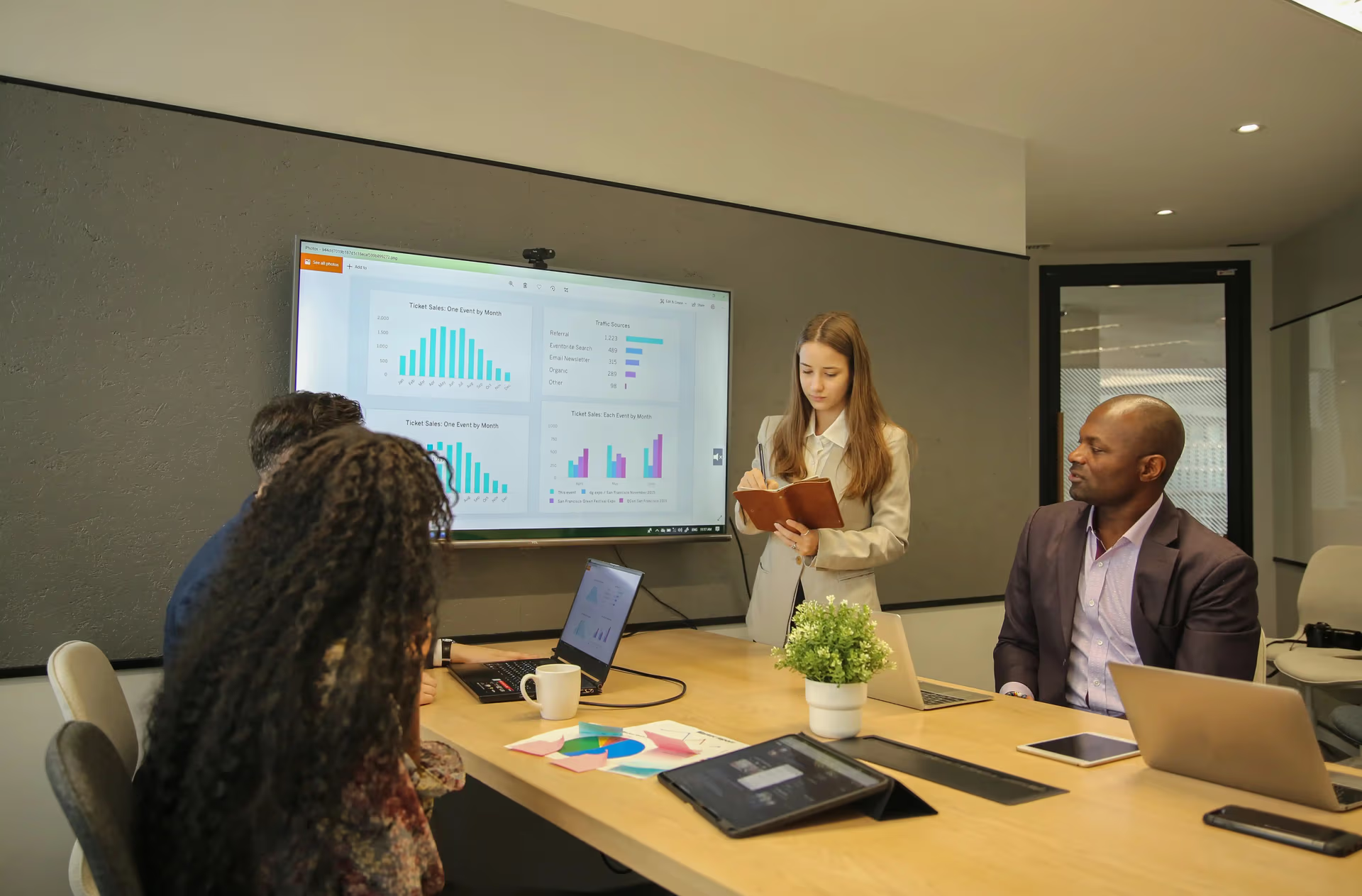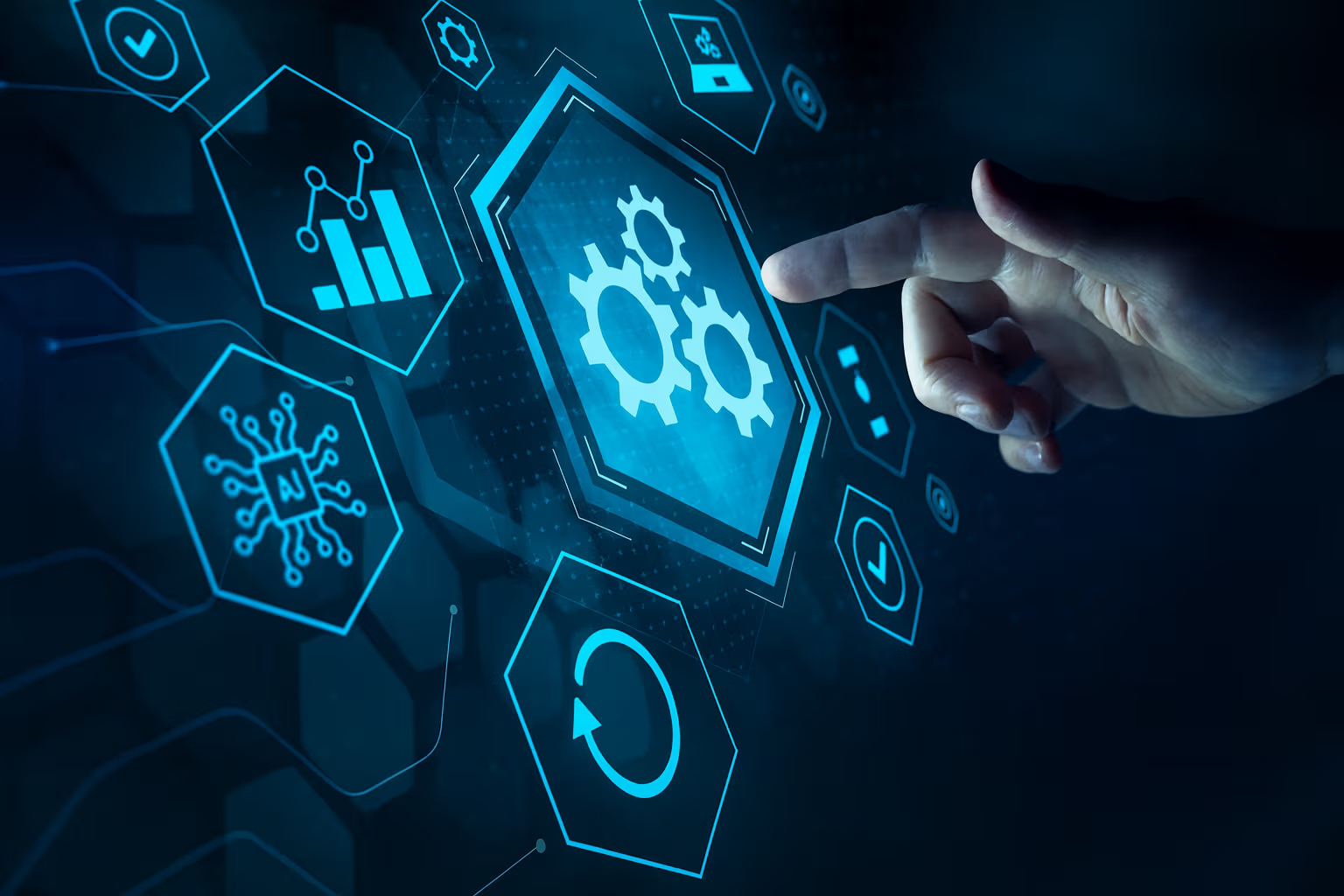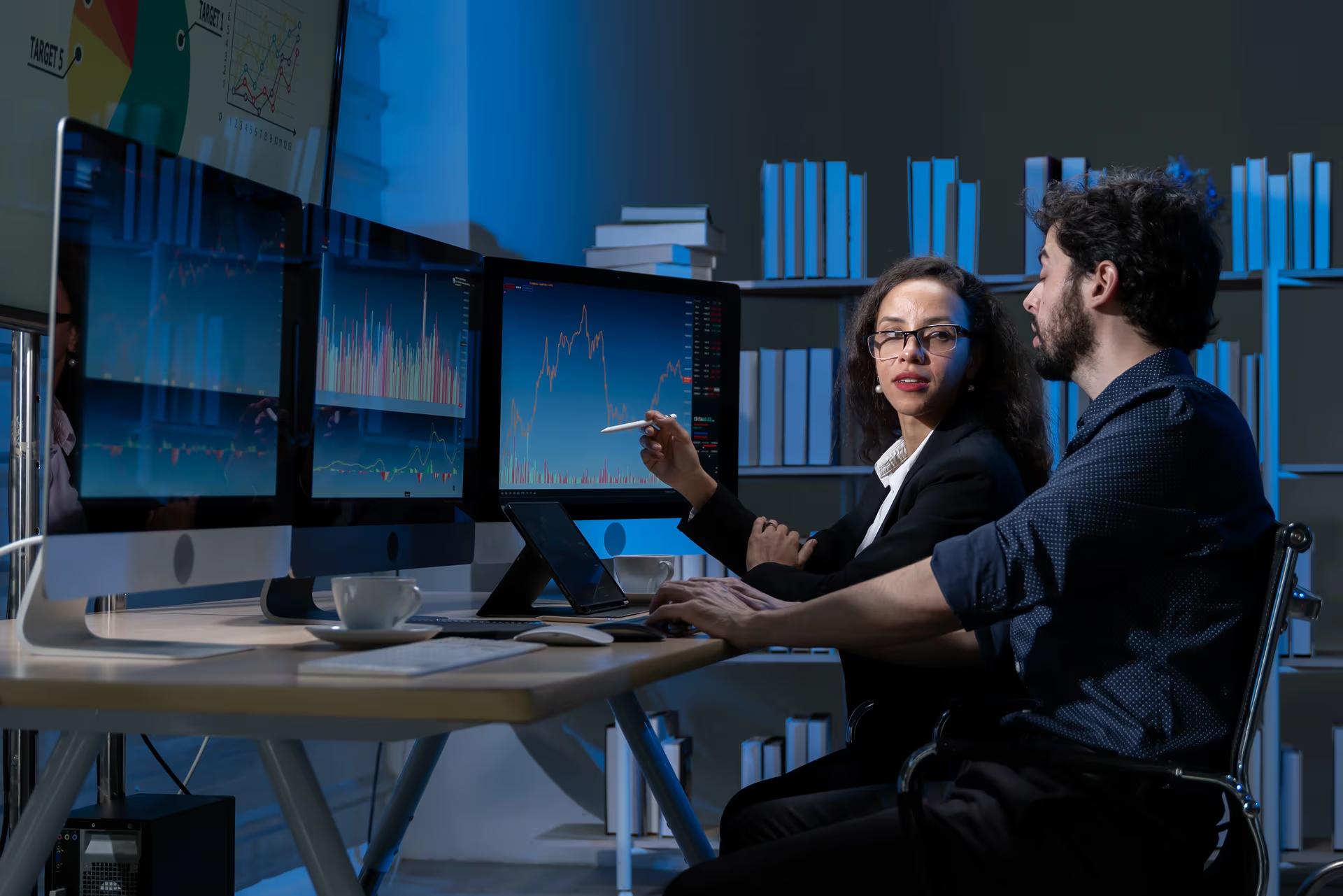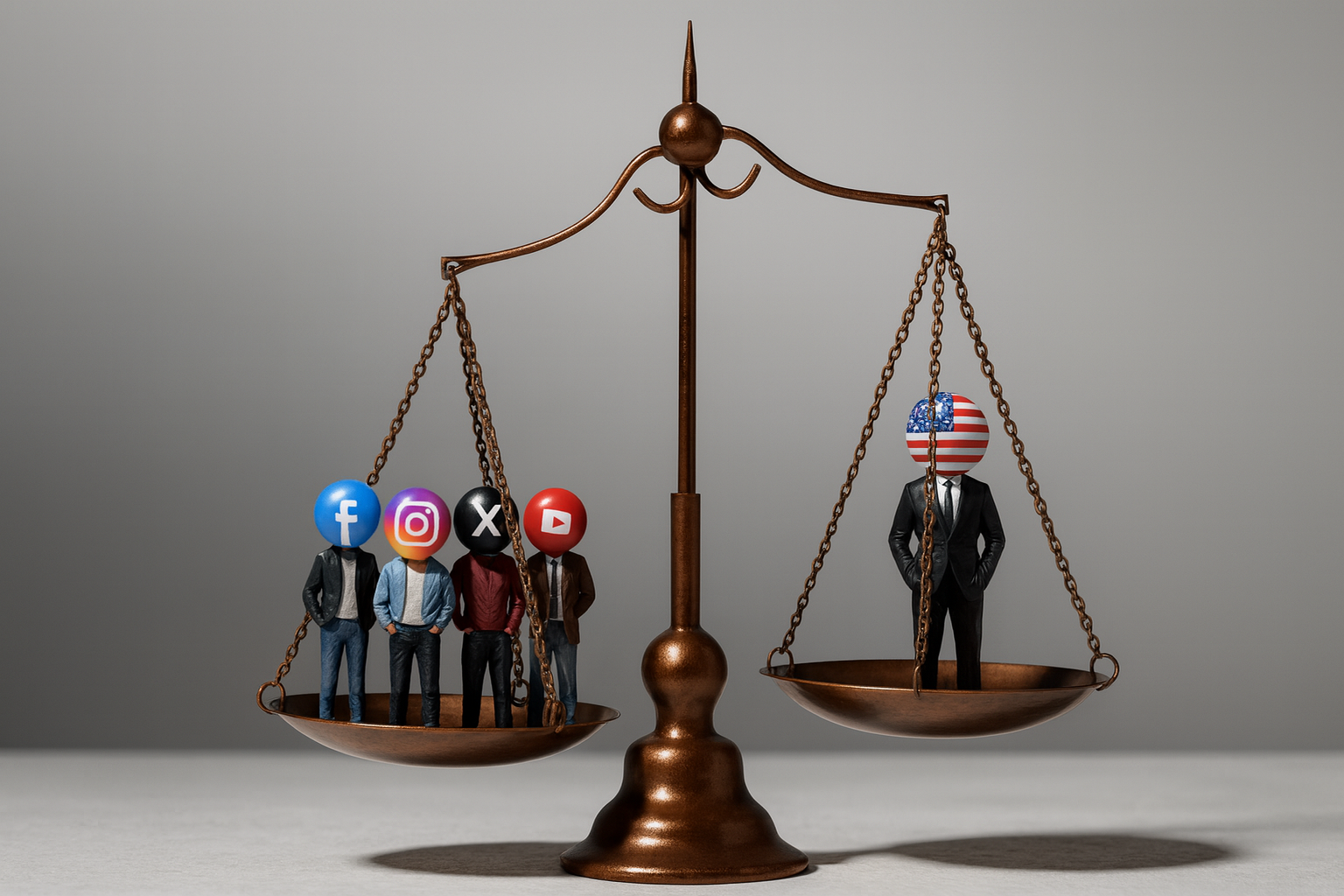Market research reporting has undergone a remarkable transformation over the past century, evolving from door-to-door interviews and paper-based surveys to sophisticated digital analytics and real-time dashboards. Early pioneers like Daniel Starch and Charles Coolidge Parlin laid the groundwork for systematic data collection and analysis, while technological advances—from the telegraph to the internet—have continually expanded the reach and depth of research methods.
Despite these advancements, static dashboards and exports have become a common bottleneck in the reporting process. While dashboards offer real-time data visualization and easy sharing, they often lack the flexibility needed for deeper analysis, customization, and narrative-driven presentations. Static exports can quickly become outdated and fail to capture the context or insights required for strategic decision-making.
Today, there is a growing demand for customizable, insight-driven presentations that go beyond basic data visualization. Researchers and business leaders are seeking tools that allow them to tailor findings, add context, and craft compelling stories for diverse audiences. This shift reflects the industry’s move toward more agile, interactive, and actionable reporting—empowering teams to turn data into real business impact.
The Traditional Dashboard – Strengths and Shortcomings
Dashboards have revolutionized market research reporting by transforming how organizations access, visualize, and act on data. Since their introduction in the 1970s, dashboards have evolved from static, paper-based reports to sophisticated digital platforms that consolidate key metrics and operational data into a single, interactive view. This shift has empowered users across all levels of an organization to make faster, data-driven decisions without relying solely on specialized analysts.
The strengths of dashboards are clear: they deliver real-time data, provide visual summaries that make complex information easy to digest, and enable effortless sharing across teams and stakeholders. Features like interactive filtering, drill-downs, and mobile accessibility have further enhanced their value, making dashboards indispensable for monitoring sales, marketing, finance, and operations in today’s fast-paced business environment.
However, as powerful as dashboards are, they come with notable limitations. Static exports from dashboards often lack the flexibility needed for deeper analysis or tailored storytelling, quickly becoming outdated and disconnected from the evolving context of a project. Customization options are frequently limited, making it difficult to adapt reports for different audiences or highlight specific insights.
Most importantly, dashboards typically fall short in supporting narrative flexibility—restricting the ability to weave data into compelling, actionable stories that drive strategic decisions. As a result, there is a growing need for more customizable, insight-driven reporting tools that go beyond the constraints of traditional dashboards.
The Need for Editable Project Decks
Dashboards have streamlined access to data, but market researchers and clients increasingly need more than just static charts and numbers. While dashboards excel at delivering quick snapshots, they often fall short in helping teams communicate deeper insights, tailor messages for specific audiences, or build a compelling case for action.
Storytelling and context are crucial in research presentations. Data alone rarely inspires change—it's the narrative that brings findings to life, connects with stakeholders on an emotional level, and drives real decisions. Storytelling transforms raw statistics into memorable, actionable insights by weaving together the “why” behind the numbers and illustrating real-world impact. As research becomes more customer-centric, the ability to craft relatable narratives is now a core skill for market researchers.
Static dashboards often fail in high-stakes scenarios like client workshops or executive meetings, where context and adaptability matter most. For example, a dashboard might show declining customer satisfaction, but an editable project deck can combine those numbers with customer stories, highlight root causes, and propose targeted solutions. In executive settings, stakeholders expect presentations that are concise, visually engaging, and tailored to their strategic priorities—not a one-size-fits-all export of charts and tables.
Editable project decks empower researchers to go beyond the limitations of dashboards. They allow for customization, integration of key visuals, and the addition of narrative layers that make insights relevant and actionable for every audience. This shift is essential for turning data into real business impact.

The Shift to Automated, Editable Project Decks: Features, Benefits, and Technology
As market research evolves, the demand for more agile, interactive, and actionable reporting has given rise to automated, editable project decks. These next-generation reporting tools bridge the gap between static dashboards and the need for customizable, insight-driven presentations that truly resonate with stakeholders.
What Are Automated Project Decks and How Do They Work?
Automated project decks are dynamic, presentation-ready reports that combine the best of automation with the flexibility of manual editing. Unlike traditional dashboards or static exports, these decks are designed to be easily updated, customized, and shared—empowering researchers to deliver tailored insights with minimal manual effort.
Key Features:
- Editable Slides:
Users can modify content, rearrange slides, and add commentary or context to suit different audiences and objectives. - Dynamic Data Integration:
Automated decks pull the latest data directly from research platforms, ensuring that charts, tables, and key metrics are always up to date. This eliminates the need for manual data entry and reduces the risk of outdated information. - Custom Branding and Formatting:
Teams can apply their own branding, color schemes, and templates, creating professional presentations that align with organizational standards. - Embedded Insights and Recommendations:
Beyond raw data, these decks allow for the integration of expert analysis, key takeaways, and actionable recommendations—making it easier for decision-makers to understand and act on research findings.
How Automation Saves Time and Reduces Errors:
By automating the generation and updating of slides, researchers can focus on analysis and storytelling rather than repetitive formatting tasks. Automation minimizes manual errors, streamlines workflows, and enables faster turnaround from data collection to final presentation.
Benefits of Fully Customizable, Insight-Rich Presentations
Automated, editable decks offer a range of advantages for researchers, consultants, and clients alike:
- Enhanced Flexibility:
Easily adapt presentations for different stakeholders, whether it’s a detailed analysis for technical teams or a high-level summary for executives. - Tailored Insights:
Highlight what matters most to each audience, incorporating relevant charts, narratives, and recommendations for maximum impact. - Improved Storytelling and Engagement:
Combine data with context, visuals, and real-world examples to create compelling narratives that drive action. - Faster Turnaround:
Move seamlessly from data analysis to presentation, reducing the lag between insights and decision-making.
Technology Powering the Shift
The rise of automated, editable project decks is powered by a new generation of tools and platforms. Solutions like BioBrain, Zappi, and Dovetail offer integrated environments where data flows directly into customizable presentation templates. These platforms leverage:
- AI and Automation:
Automatically generate slides, summarize findings, and even suggest insights based on the latest data. - Cloud Collaboration:
Enable teams to co-create, review, and edit decks in real time, regardless of location. - Seamless Integration:
Connect with existing data sources, survey tools, and CRM systems to ensure a single source of truth and eliminate data silos.
By combining these technological advances with user-friendly design and robust customization options, automated project decks are transforming how research is communicated—making it easier than ever to turn data into decisions that drive business success.
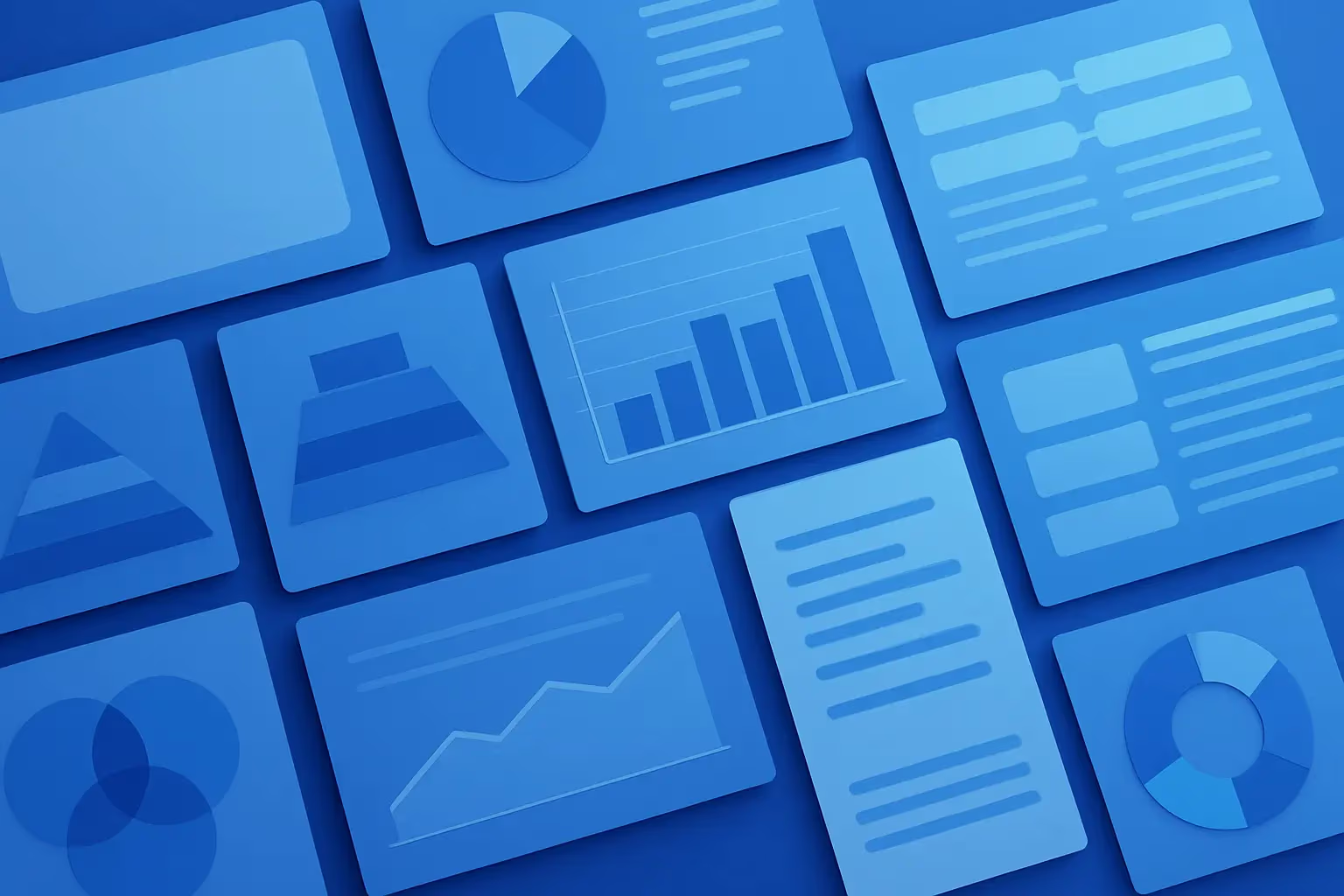
BioBrain’s One-Click Project Decks
BioBrain’s one-click project decks redefine how research teams move from raw data to boardroom-ready presentations. Powered by advanced AI and hyperautomation, this feature enables users to instantly generate fully editable PowerPoint decks that are tailored for decision-makers—eliminating the manual work, delays, and formatting hassles typical of traditional reporting.
Key Features and Advantages
- Instant, Boardroom-Ready Presentations: With a single click, BioBrain transforms survey data and analytics into polished, insight-driven decks, complete with charts and data in their native format. These decks are designed for immediate use in executive meetings, client workshops, or internal reviews—no additional formatting required.
- Customizable and Editable:
Unlike static exports, BioBrain’s decks are fully editable. Users can adjust slides, add commentary, incorporate branding, and tailor content to specific audiences or business needs, ensuring every presentation is both professional and relevant. - Dynamic Data Integration:
The decks pull in real-time analytics, interactive charts, and automated summaries, keeping insights current and actionable. This ensures that stakeholders always have access to the latest findings, even for large-scale studies with thousands of responses. - AI-Powered Insights:
BioBrain’s insights engine automatically summarizes key findings, flags important trends, and embeds actionable recommendations directly into the presentation. This accelerates the journey from data collection to decision-making, enabling teams to focus on strategy rather than slide creation. - Time and Error Savings:
By automating the reporting process, BioBrain delivers up to 4X faster results compared to manual workflows, while minimizing the risk of human error in data transfer and formatting.
How It Works
- Automated Data Processing:
As survey responses are collected, BioBrain’s platform cleans, validates, and analyzes the data in real time, ensuring only high-quality responses are used for reporting. - One-Click Generation:
Users simply select the desired project or data cut and generate a presentation-ready deck with a single click. The system compiles visuals, summaries, and recommendations into a cohesive, customizable PowerPoint file. - Seamless Customization:
The generated deck can be edited, branded, and reorganized as needed, making it easy to adapt for different stakeholders or presentation formats.
Why It Matters
BioBrain’s one-click project decks empower research teams to deliver insights with unprecedented speed and impact. By automating the most time-consuming aspects of reporting and presentation creation, BioBrain frees up researchers to focus on analysis, storytelling, and strategic decision-making—turning data into real business value, faster than ever.


